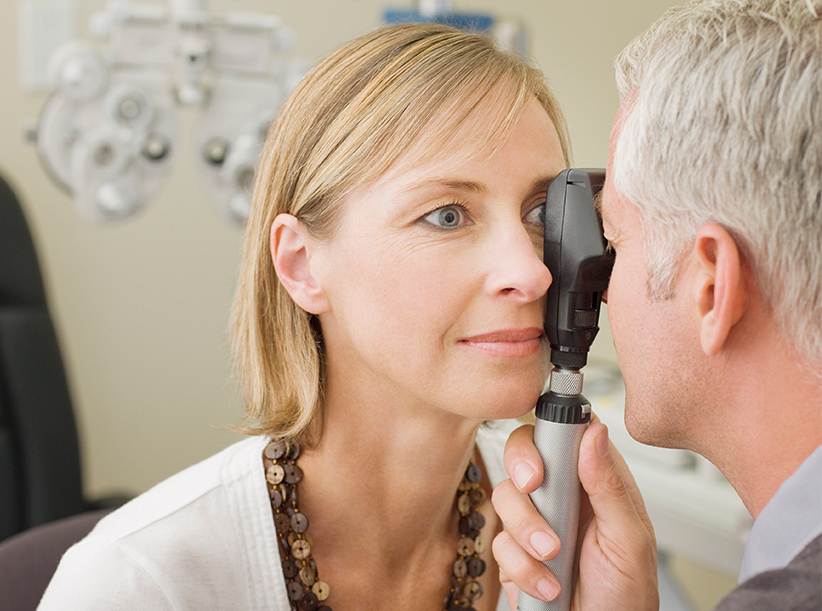isess2013.org – The field of eye care is on the brink of revolutionary changes, driven by cutting-edge technologies that promise to transform diagnosis, treatment, and overall eye health management. As advancements continue to unfold, the future of eye care technology looks brighter than ever. This article explores some of the most exciting innovations shaping the future of eye care.
Breakthroughs in Diagnostic Tools
One of the most significant areas of innovation in eye care is the development of advanced diagnostic tools. Technologies such as Optical Coherence Tomography (OCT) and retinal imaging are becoming more sophisticated, offering high-resolution images that allow for early detection of eye diseases like glaucoma and macular degeneration. Artificial intelligence (AI) is also playing a pivotal role, with algorithms capable of analyzing vast amounts of data to identify patterns and predict eye health issues with remarkable accuracy.
Smart Contact Lenses
Smart contact lenses are set to revolutionize the way we monitor and manage eye health. These lenses are embedded with sensors that can measure various biometric data, such as intraocular pressure and glucose levels, providing real-time feedback to users and healthcare providers. This innovation could be particularly beneficial for individuals with diabetes or those at risk of glaucoma, allowing for proactive and personalized eye care.
Gene Therapy and Regenerative Medicine
Gene therapy and regenerative medicine hold great promise for treating inherited retinal diseases and other vision impairments. Researchers are exploring ways to edit or replace defective genes responsible for conditions like retinitis pigmentosa and Leber congenital amaurosis. Additionally, stem cell therapy is being investigated as a means to regenerate damaged retinal tissue, potentially restoring vision to those who have lost it.
Virtual Reality and Augmented Reality
Virtual reality (VR) and augmented reality (AR) are not only enhancing entertainment and gaming but are also making significant impacts in eye care. These technologies are being used for vision therapy, helping individuals improve visual skills and coordination. AR, in particular, has applications in surgical training, providing eye surgeons with immersive, realistic simulations to refine their skills.
Telemedicine and Remote Eye Care
The integration of telemedicine in eye care is expanding access to services, especially in remote or underserved areas. Through virtual consultations and remote monitoring, patients can receive expert eye care without the need to travel. This approach is particularly beneficial for routine check-ups and follow-ups, ensuring continuity of care while reducing the burden on healthcare systems.
Conclusion
The future of eye care technology is filled with possibilities that promise to enhance the way we diagnose, treat, and manage eye health. From smart contact lenses to gene therapy and beyond, these visionary innovations are paving the way for a new era in eye care, where technology and healthcare converge to improve vision and quality of life for people around the world. As these advancements continue to evolve, the potential for transformative changes in eye care is truly exciting.

